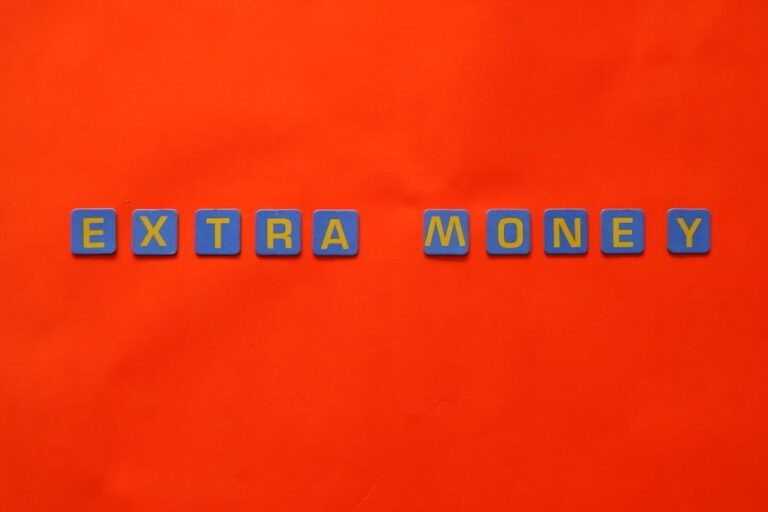Peru Chicha Cumbia: The Electric Pulse of Lima
Chicha Cumbia, a vibrant and uniquely Peruvian musical genre, pulsates through the streets of Lima and beyond. More than just music, chicha embodies popular culture, art, and a complex history of migration and identity. Its roots lie in the fusion of diverse musical styles and the experiences of Indigenous Andean people who migrated to Lima in the 20th century. While the term “chicha” itself carries layers of meaning, including a traditional fermented corn drink, its association with Peruvian cumbia has sparked both celebration and controversy.
Table of contents
Official guidance: USA.gov — official guidance for Peru Chicha Cumbia electric pulse Lima Explained
Origins and Influences of Chicha

The birth of chicha can be traced to the late 1960s in Lima, a melting pot of musical influences. Colombian cumbia, Cuban guaracha, Andean huayno, and psychedelic rock converged, creating a distinctive sound. This blend wasn’t limited to these genres; elements of jazz and bossa nova also found their way into the mix. This sonic fusion mirrored the cultural convergence occurring in Lima as people from different regions of Peru, particularly the Andes, sought new opportunities in the capital city.
Key figures played a crucial role in shaping the chicha sound. Musicians like Manzanita, Enrique Delgado of Los Destellos, and Pancho Acosta of Compay Quinto are credited with emphasizing the electric guitar and creating a uniquely Peruvian style within the broader cumbia genre. Los Wembler’s de Iquitos, formed in 1968, pioneered Cumbia Amazonica, a sub-genre that incorporated Amazonian rhythms, psychedelic electric guitar, and even animal sounds from the jungle, further expanding the sonic palette of Peruvian cumbia.
Chicha as a Cultural Phenomenon

Chicha’s impact extends beyond the realm of music. The vibrant and often psychedelic posters advertising cumbia concerts have become a recognized form of chicha art. Artists like Pedro Tolomeo Rojas, known as Monky, were pioneers in creating these eye-catching posters that plastered Lima and other cities, promoting the music and its associated culture. Monky’s work is now considered an integral part of the chicha aesthetic, reflecting the genre’s bold and colorful spirit.
The term “chicha” itself is laden with cultural significance. While it refers to a sacred fermented corn drink with pre-Columbian roots, it also became associated with the culture of Andean migrants in Lima. In some contexts, it was used as a derogatory term, reflecting the social divisions and prejudices that these migrants faced. However, chicha music and art ultimately became a powerful expression of their identity and resilience, transforming a potentially negative label into a symbol of cultural pride.
The Rise of Chicha and its Key Figures
The 1980s marked a peak in chicha’s popularity. Lorenzo Palacios Quispe, known as Chacalón or El Faraón de la Cumbia, played a significant role in bringing chicha to a wider audience. His charismatic stage presence and relatable lyrics resonated with the working class and marginalized communities in Lima. Alongside Los Shapis, an Andean band from Huancayo, Chacalón helped to solidify chicha’s place in the mainstream.
Alfredo Villar, an author and art historian who has studied chicha extensively, describes it as “the most complex moment of Peruvian identity, because it mixes everything — from its deepest roots to its most extreme and complex external influences.” This complexity is reflected in the ongoing debate about the definition of chicha itself. Some, like Berardo Hernandez Jr. (Manzanita Jr.), believe that all Peruvian cumbia can be considered chicha. Others, like Pancho Acosta, maintain that chicha is specifically Tropical Andina, a sub-genre that blends Colombian cumbia with Andean huayno.
Chicha Today: A Living Tradition
Chicha continues to thrive as a living tradition in Peru. It is performed in small neighborhood clubs (peñas) and large concert venues alike. The music’s infectious rhythms and the electrifying guitar solos continue to draw crowds and inspire dancers. The legacy of the original chicha pioneers lives on through younger generations of musicians who are keeping the sound alive and experimenting with new variations.
The enduring appeal of chicha lies in its ability to connect with people on a deep emotional level. It tells stories of migration, struggle, and hope, reflecting the realities of life for many Peruvians. Its vibrant energy and unique blend of musical styles make it a truly distinctive and important part of Peruvian culture. As Alfredo Villar notes, “Chicha will always surprise you,” ensuring its continued evolution and relevance for years to come.
Disclaimer: The information in this article is for general guidance only and may contain affiliate links. Always verify details with official sources.
Explore more: related articles.




